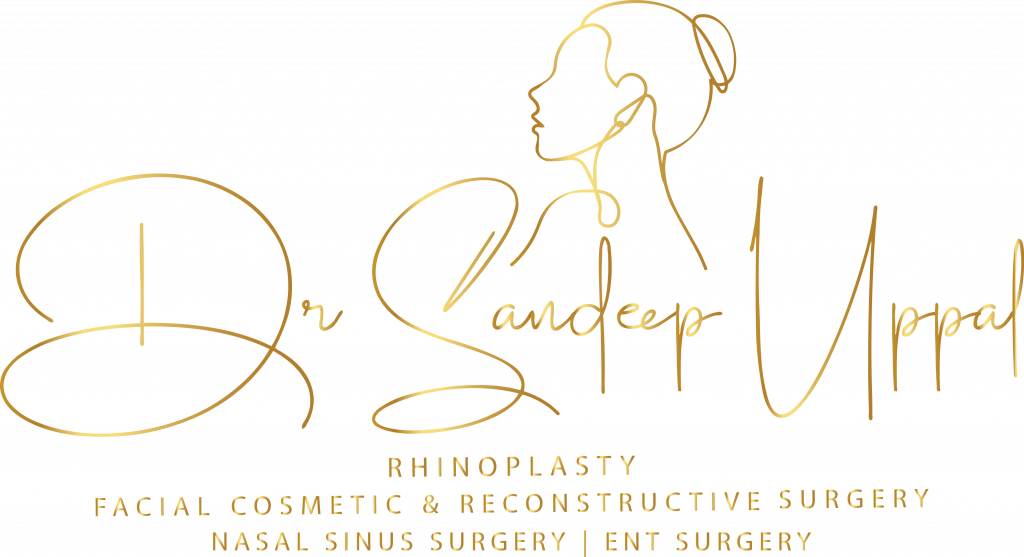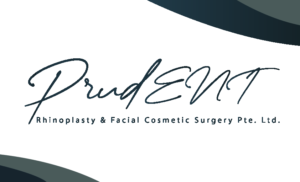Instructions for Your Rhinoplasty Surgery
INSTRUCTIONS FOR YOUR RHINOPLASTY SURGERY TWO WEEKS BEFORE SURGERY Pre-operative assessment will be done in the hospital to make sure that there is no contra-indication to surgery. If needed laboratory tests and ECG will be arranged. Pre-operative photographs will be taken if they were not taken at the time of your first consultation. You will be provided with clear instructions about your arrival time and reporting place for the day of surgery. Surgery will need to be rescheduled if there is any chance you are pregnant. Do not take any products containing aspirin, ibuprofen, non-steroidal anti-inflammatory medication, or Vitamin E (multivitamins). Please check labels on over-the-counter medications. Many cold, sinus, and pain relievers contain aspirin or ibuprofen. Please do not take any herbal products including Chinese medicines. Refrain from all products including cigarettes, pipe tobacco, chew, or nicotine patch/gum. Nicotine interferes with healthy blood circulation and may affect post-operative healing and consequently the result of your surgery. It also places you at higher risk for complications when receiving anaesthesia. Start taking 1000mg of vitamin C three times per day. Vitamin C helps with the healing process. ONE WEEK BEFORE SURGERY Do not drink alcohol for 1 week before and after surgery. Please inform us if you are unable to go ahead with your scheduled surgery so that the operating room time may be used to help another patient. THE DAY BEFORE SURGERY If your surgery is in the morning do not eat or drink anything after midnight (this includes water, candy, and gum chewing). If the surgery is planned for later in the day, Dr Sandeep’s team will inform you about the time to stop eating and drinking before surgery. Surgery will be cancelled if this is not followed. A fasting state is needed to go ahead for surgery. The only exception is medication, which we will instruct you to take with a sip of water on the morning of surgery. DAY OF SURGERY You may shower and shampoo the morning before surgery. Do not wear makeup, hair sprays or gels, or nails polish. You may leave acrylic nails on. Avoid clothing that must be pulled over the head. Please wear loose fitting clothing. Do not wear jewelry, this includes body jewelry. Do not bring any valuables to surgery. Dentures, if worn, should be left in place. Do not wear contact lenses but rather wear your glasses on day of surgery. COMMON INSTRUCTIONS AFTER SURGERY You are encouraged to walk around the hospital/home on the day of the surgery and thereafter. This helps to prevent blood clots from forming in the legs. Move/pump your legs often while lying down. This helps in preventing blood clots from developing. Take deep breaths often when you get home for the first 24 hours after surgery. This helps to expand the base of your lungs. Sleep with your head elevated on 2-3 pillows. This helps to prevent increased swelling. Take all medications for the duration of the prescription and as instructed. Do not drive for 24 hours after surgery or anytime that you are taking pain medications. A responsible adult must provide transportation for you after surgery (public transportation is not permissible because of the risk of injury). Avoid making major decisions or taking part in activities requiring judgment for 24 hours after surgery. Do not drink alcohol for 1 week after surgery to decrease the risk of bleeding and bruising. Avoid bending, lifting, pulling, pushing, straining and aerobic activities for 3 weeks. Keep your dressings dry. You may bathe but not shower until post-operative day five. Avoid direct sunlight to the ears for at least a year. NASAL CARE Keep your cast dry. It will be removed on post-operative day five. Dr Sandeep will then apply another cast for a further 5 days. Change drip pad under nose as needed. After packing is removed, use nasal saline douche (Flo sinus/Neilmed sinus rinse) three times a day for 3 weeks. This prevents dryness and crusting on the inside of the nose and helps to clear secretions and blood clots. Clean the incision line with hydrogen peroxide and Q tip (cotton bud) and then apply chloramphenicol eye ointment to the sutures three times a day for 5 days. Sutures are removed on post-operative day five. When the cast is removed, the nose will be quite swollen, and the nasal tip will be turned up slightly. This will settle down over the next 3-4 days, then more gradually thereafter. Nasal exercises will be given to you at the appropriate time. These are to keep the sides of the nose narrow and in proper alignment, along with decreasing scar tissue formation. CARE OF INCISION (FIRST 12 DAYS) In the morning: Apply a thin layer of Dermatix-ultra to the incision area– just so that you can see the shine. Continue this for 12 months. Heliocare SPF 30 every 1 hour if you are outside in the sun. Continue this for 12 months. Ideally avoid going into the sun, this prevents the scars from darkening. At night: Triluma cream, apply to the incision area late evening after it becomes dark. Continue this for 2 months. Apply a thin layer of Dermatix-ultra to the incision area– just so that you can see the shine. Continue this for 12 months. ACTIVITY – THE FIRST WEEK Limit your activity sharply over the first week following surgery. You are encouraged to walk about the house, but avoid bending over the waist, picking up heavy objects or straining of any kind. If you exert yourself, bleeding or prolonged swelling may result. When you rest or sleep, keep your head elevated 2-3 pillows and avoid sleeping on your side. Keep your emotions under control. It is not unusual to feel a bit depressed for a few days after surgery. This quickly passes as you begin to look and feel better. Anger, crying or other emotional outbursts will only add to the swelling or increase the likelihood of bleeding. Drink plenty of fluids and avoid
Instructions for Your Rhinoplasty Surgery Read More »


